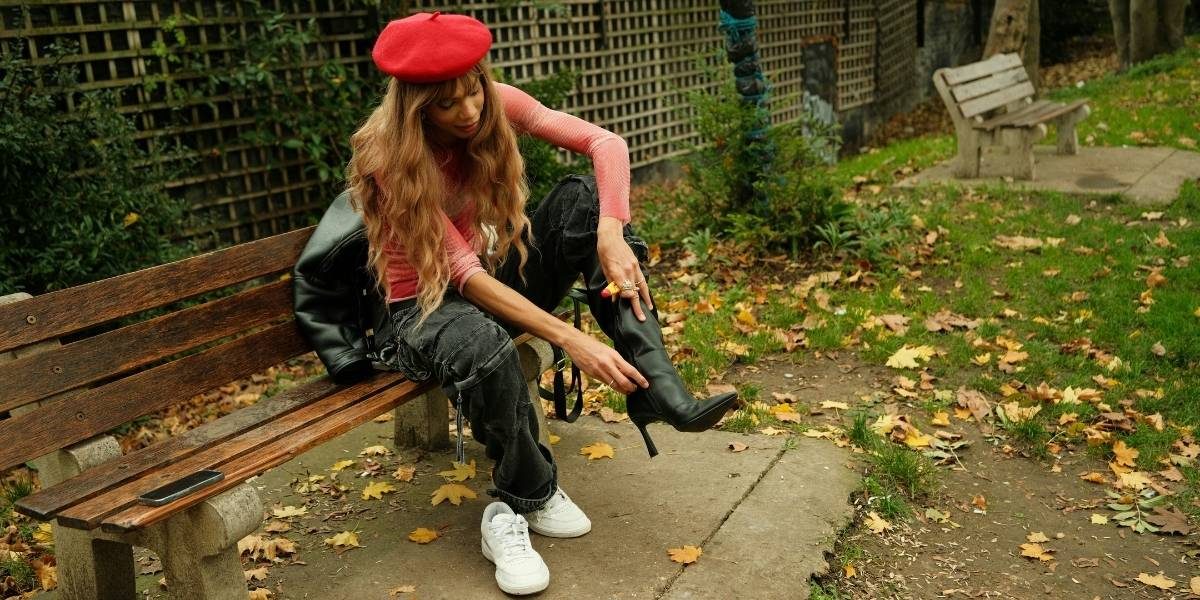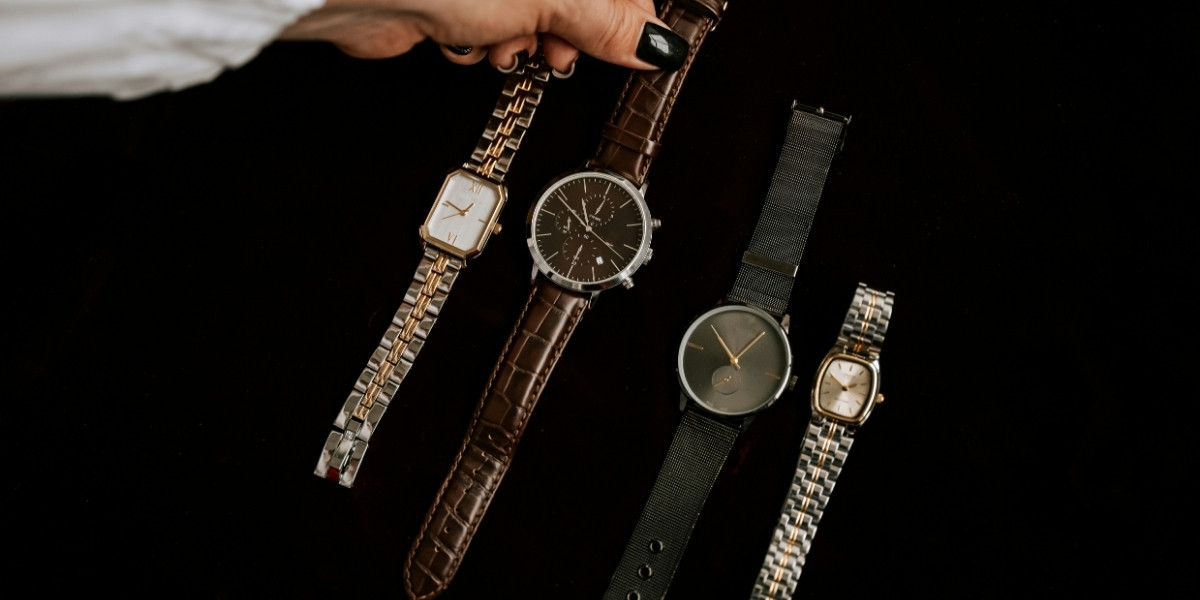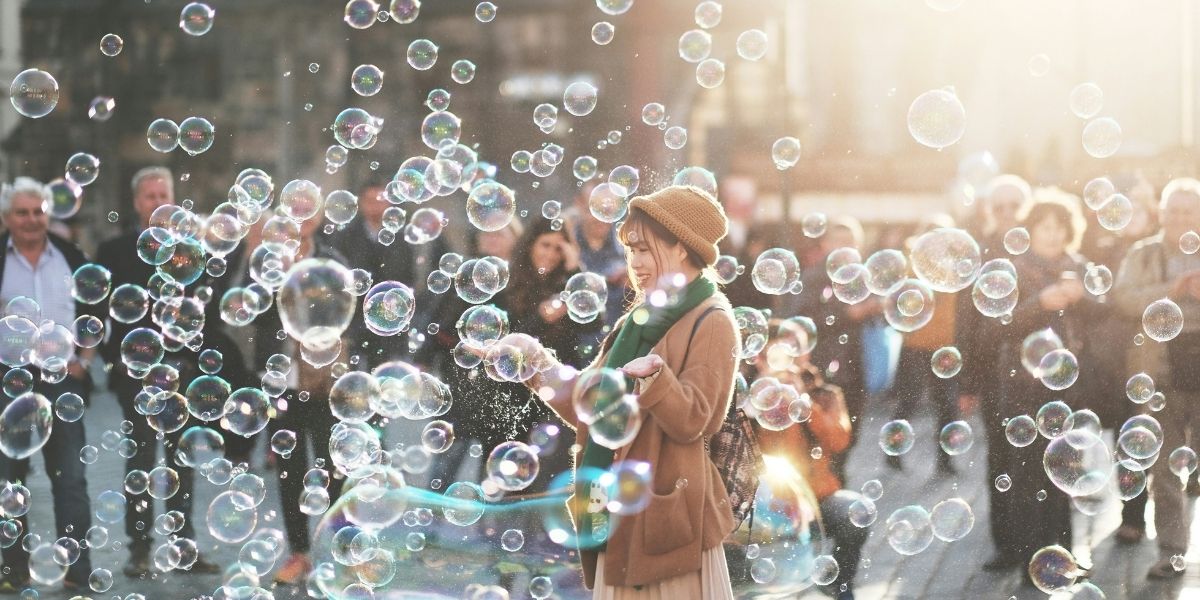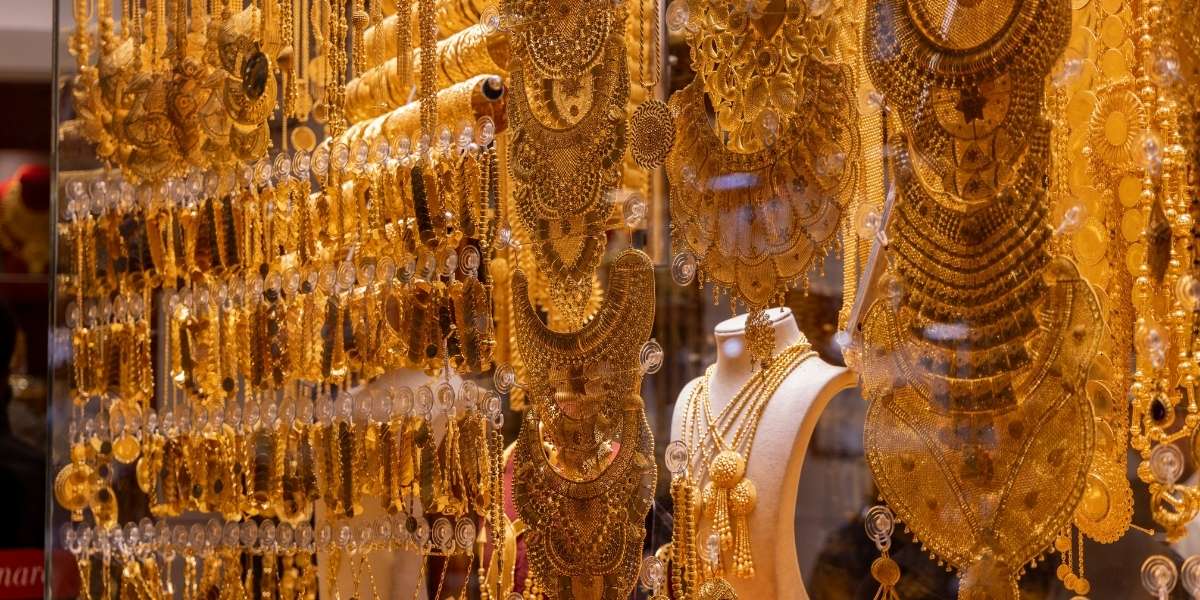The Origins and Evolution of Androgynous Fashion
Androgynous fashion, which deliberately blurs the traditional boundaries of male and female clothing, has a deep and fascinating history that reflects evolving cultural attitudes toward gender and identity. In the early 20th century, icons like Marlene Dietrich and Katharine Hepburn pioneered the trend by wearing tailored suits and masculine silhouettes, challenging the rigid gender norms of their time. Their bold choices were not only fashion statements but also acts of social defiance that questioned the expectations placed on women’s appearance.
The cultural shifts of the 1960s and 1970s accelerated the rise of androgynous fashion. Designers such as Yves Saint Laurent broke new ground with creations like the women’s tuxedo suit, known as “Le Smoking,” which symbolized empowerment and blurred gender lines. Musicians like David Bowie and Annie Lennox used their androgynous looks to express identity and creativity, influencing fans and fashion alike. These decades saw androgyny emerge as a powerful form of self-expression and rebellion against binary gender roles.
Moving into the 21st century, androgynous fashion has transcended subculture status to influence mainstream fashion worldwide. It has evolved alongside growing conversations about gender fluidity and non-binary identities, becoming both a political statement and a style choice. The historical trajectory of androgyny in fashion illustrates a gradual but profound transformation in how society understands and represents gender.
Read Also: What Defines American Identity in Modern Times
How Androgynous Fashion Challenges Traditional Gender Norms
At its core, androgynous fashion challenges the binary framework that has historically dictated separate clothing for men and women. By mixing elements traditionally associated with both genders or neutralizing gender-specific cues altogether, it offers a fresh language of style that resists classification. This form of fashion questions the cultural codes that assign meaning to colors, cuts, fabrics, and accessories. For instance, pairing a traditionally masculine blazer with delicate jewelry or wearing oversized, loose-fitting garments regardless of the wearer’s gender disrupts conventional ideas of masculinity and femininity. This blending allows wearers to express identities that may be fluid, non-binary, or simply personal, outside of societal expectations.
Androgynous fashion also confronts the commercial fashion industry’s long-standing practices of gender segmentation. Many designers and retailers are now rethinking their collections to include gender-neutral or unisex clothing lines. This shift pushes the industry toward inclusivity, making style more accessible and less prescriptive. By dismantling strict gender codes in dress, androgynous fashion fosters a more open and diverse cultural environment where identity can be explored freely.
What Impact Has Androgynous Fashion Had on Culture and Society?
Androgynous fashion has played a significant role in broader societal dialogues about gender, identity, and self-expression. By normalizing gender-fluid and non-binary aesthetics, it has helped increase visibility and acceptance for LGBTQ+ communities and others who do not conform to traditional gender norms.
Culturally, androgynous style has influenced music, cinema, and art, shaping modern ideas of beauty and identity. The androgynous personas of celebrities and artists challenge stereotypes, inspire fashion trends, and encourage audiences to rethink fixed notions of gender. This cultural impact contributes to ongoing social progress in recognizing and respecting diverse identities.
Moreover, androgynous fashion promotes inclusivity in everyday life. It encourages individuals to experiment with their appearance without fear of judgment, breaking down barriers that have historically marginalized those who do not fit gender binaries. Through its intersection with activism and identity politics, androgynous fashion has become a powerful tool for social change, promoting dialogue, understanding, and equality.
How Are Designers and Brands Embracing Androgyny Today?
Today, many high-profile designers and fashion houses actively incorporate androgynous elements into their collections. Brands like Gucci, J.W. Anderson, Telfar, and Rick Owens create unisex lines that intentionally avoid gendered categorizations. These designers use neutral colors, versatile silhouettes, and fluid designs that can be worn by anyone, challenging industry norms. Streetwear and avant-garde fashion movements have also popularized androgynous styles by emphasizing comfort, functionality, and personal expression over traditional gendered design. Emerging designers often build their brands around inclusivity, offering a wide range of sizes and styles accessible to all.
Retailers have followed suit, creating gender-neutral shopping experiences and marketing campaigns that feature models of diverse gender identities. Online platforms provide spaces for consumers to explore and purchase clothing without restrictive labels. This embrace reflects both changing consumer demand and a cultural shift toward more fluid conceptions of identity, pushing the fashion industry to innovate and become more socially conscious.
What Challenges Does Androgynous Fashion Face?
Despite its growth, androgynous fashion faces several challenges. One significant obstacle is the deeply entrenched gender binaries in society and the fashion industry, which can limit acceptance and understanding. Traditional sizing, marketing, and retail models often fail to accommodate gender-neutral designs, causing accessibility issues for consumers. Social stigma and cultural conservatism also present barriers, especially in regions where strict gender roles dominate. People who choose androgynous styles may face discrimination or misunderstanding, which can discourage experimentation.
There is also concern among some critics that as androgynous fashion becomes commercialized, it risks losing its subversive and political edge. When major brands commodify androgyny purely as a trend, it may dilute the movement’s social significance and authenticity. Overcoming these challenges requires ongoing education, innovation, and advocacy to ensure androgynous fashion remains inclusive, meaningful, and accessible.
Read Also: Creating a Fashion Legacy: The Balance of Talent and Skill
What Is the Future Outlook for Androgynous Fashion?
The future of androgynous fashion looks vibrant and promising. As societal understandings of gender continue to evolve, fashion will likely become even more fluid and inclusive. Advances in technology, such as 3D printing and customizable clothing, may allow individuals to tailor garments precisely to their preferences regardless of gender. Digital platforms and social media will continue to democratize fashion, giving voice to diverse expressions and fostering global communities around androgyny and gender fluidity. This visibility supports broader cultural acceptance and innovation.
Sustainability trends may align well with gender-neutral fashion, as versatile, timeless pieces reduce waste and overconsumption. Designers are expected to deepen their commitment to inclusivity, ethical production, and authentic representation. Ultimately, androgynous fashion will play a key role in shaping a future where personal identity is celebrated beyond binaries, enriching culture and expanding possibilities for self-expression.






